
According to the General Statistics Office (GSO), Vietnamese people aged 60 and above will account for about 20% of the total population by 2038. At the current rate of population aging, Vietnam is expected to be among the top 10 fastest-aging countries globally, posing new challenges for the Government in the care of the elderly, especially at a time when the country is lacking facilities, geriatric nurses and doctors.

In response to these new challenges, Prime Minister Pham Minh Chinh on August 9 signed a Resolution tasking the Ministry of Labour, Invalids and Social Affairs with working with agencies and local authorities to study and propose the provision of social allowances and pension for those aged 75-80, along with a raise in social allowances for the elderly in general.
“Respect for the Elderly” is a long-standing and admirable tradition of the nation, reflecting the deep reverence for the older and wiser citizens of society. Generations of leaders of the Party and State always place importance on the well-being of the elderly. In his lifetime, President Ho Chi Minh always showed great concern and respect for the role of society’s older persons.
Prime Minister Pham Minh Chinh

According to the United Nations Population Fund (UNFPA), a population is classified as “aging” when the elderly account for 10% of the total population, and “aged” when the rate reaches 20% of the total population. By this criterion, Vietnam has been in the aging phase since 2011 and is expected to transition to the “aged population” phase in 2038. In 2022, the elderly population (60 years and older) in Vietnam accounted for 12% of the total population, which was about 11.4 million people. The rate will reach some 17% by 2030 and 28% by 2050.
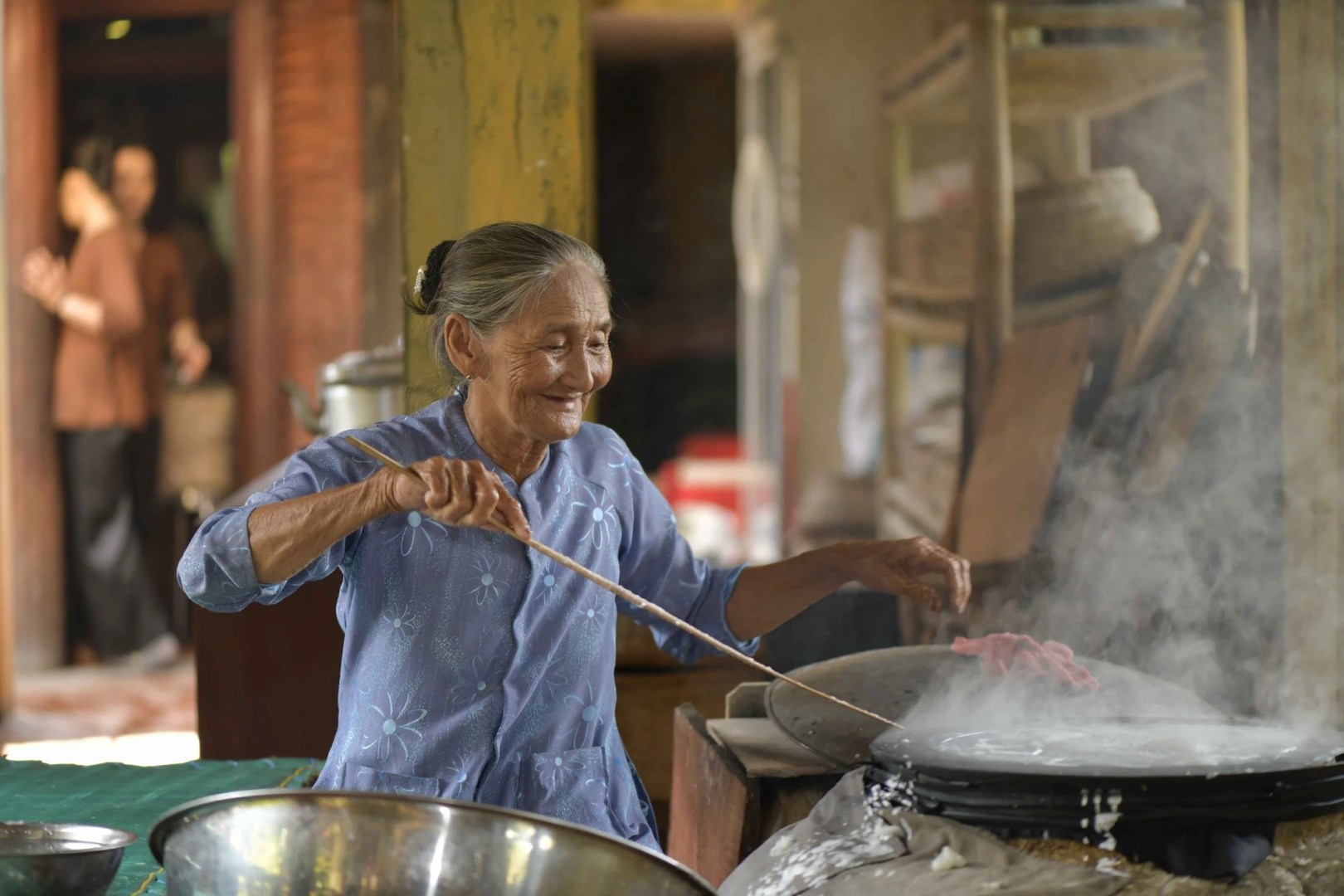
Notably, the dependency ratio (the proportion of people aged 60 and over to the working-age population, typically defined as those aged 15-59) is projected to increase more than threefold, from 14% in 2014 to 43% in 2049. The number of old people in Vietnam is expected to surpass the number of children aged 0-14 by 2040. Vietnam is forecast to have 16 years to transition from an “aging population” to an “aged population” which means a rapid increase in the proportion of the population aged over 65.


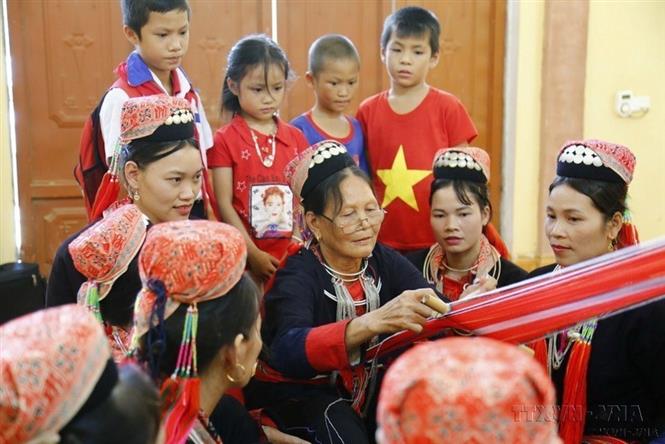

With such a rapid aging rate, Vietnam is likely to face several challenges, including a labour force crisis, increased pressure on the healthcare, pension and social welfare system, and physical and mental healthcare of the elderly.
The Ministry of Labour, Invalids and Social Affairs reported that Vietnam has around 12 million senior citizens. However, the social security sector only offers pension and social insurance benefits to more than 3.1 million of them. Over 1.7 million others receive monthly allowances from the State budget, more than 1.4 million of them age 80 or above. This means that the remaining 7 million are yet to have a regular and stable source of income. The International Labour Organisation (ILO) predicted that without active support from the State budget, Vietnam will have over 16 million old people without pensions by 2030.
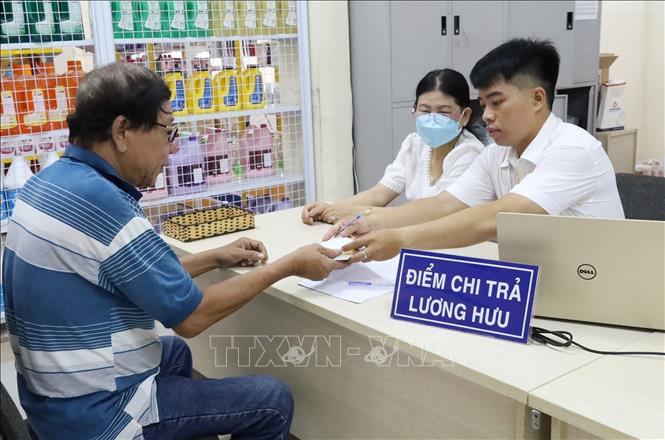
Data from the GSO showed that from 1989-2019, the average life expectancy of the Vietnamese people continuously increased from 65.2 years to 73.6 years, which is an encouraging sign that reflects, to some extent, the results of elderly care efforts by the Party and the Government. However, it is also a macro-level issue that needs to be dealt with. According to the Institute of Population, Health and Development, despite the increase in life expectancy, the number of years that Vietnamese elderly people have to live with disease is relatively high – 8 years for elderly men and 11 years for old women. On average, each is affected by 3-5 diseases, mostly chronic illnesses requiring prolonged treatment, and in some cases, life-long care. Due to these challenges, the Government has issued various policies to care for them.

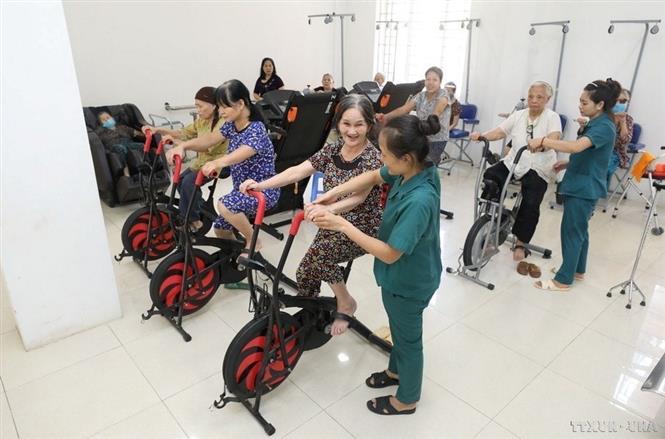

The 2009 Law on the Elderly defines the elderly as Vietnamese citizens aged 60 and above. According to Article 4, State policies for the elderly include allocating an appropriate annual budget for care policies and leveraging their roles, providing social support as per regulations, creating socioeconomic development policies, providing geriatric healthcare services and training a workforce for elderly care.
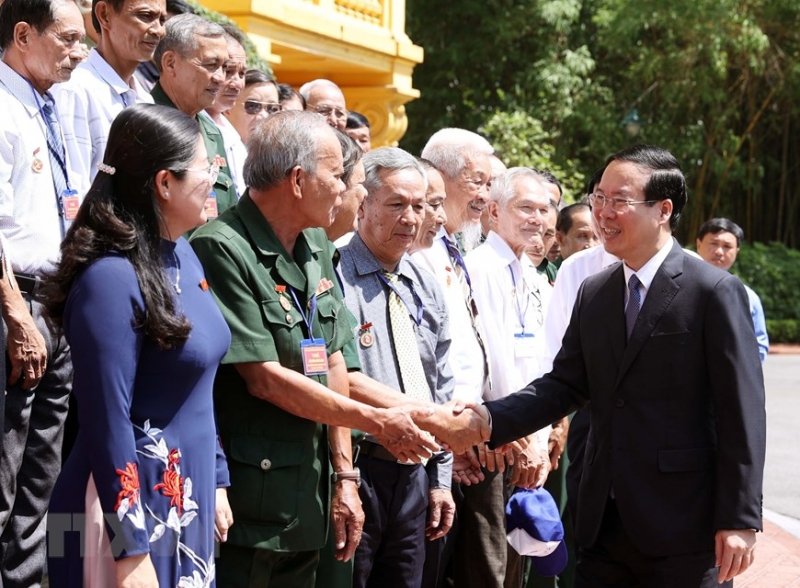
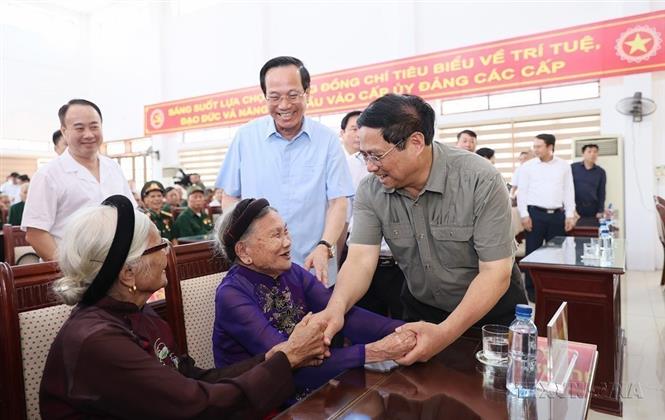
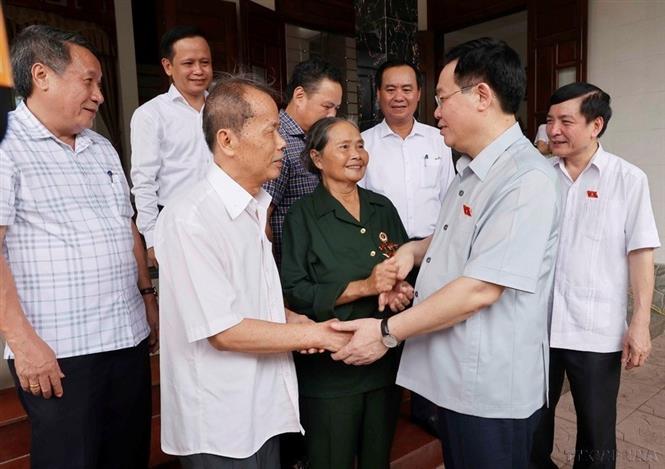

Based on the provisions of Point 5, Article 5 of the Decree 20/2021/ND-CP, the monthly social support policy for the elderly includes those who belong to poor households and have no relatives to support them. Those aged 75-80 who belong to poor or near-poor households and live in ethnic minority and especially disadvantaged mountainous regions qualify for support, as do those aged 80 and above and do not receive pensions or any form of social insurance or monthly social support. The support policies also cover those who cannot live by themselves in the community and qualify for admission to social welfare facilities but are cared for and supported by others in the community.
The Government’s goal of establishing at least one elderly healthcare facility in each province by 2025 is a positive step, but it may not be sufficient to fully address the rapid population aging.

In addition to the efforts of the Party and the Government, various care services targeting the elderly have developed in Vietnam in recent years. The Elderly Care Service Market Outlook Report issued by the Vietnam Chamber of Commerce and Industry (VCCI) indicated that Vietnam shows huge potential in the development of these services, with an estimated 20 million potential customers by 2035.
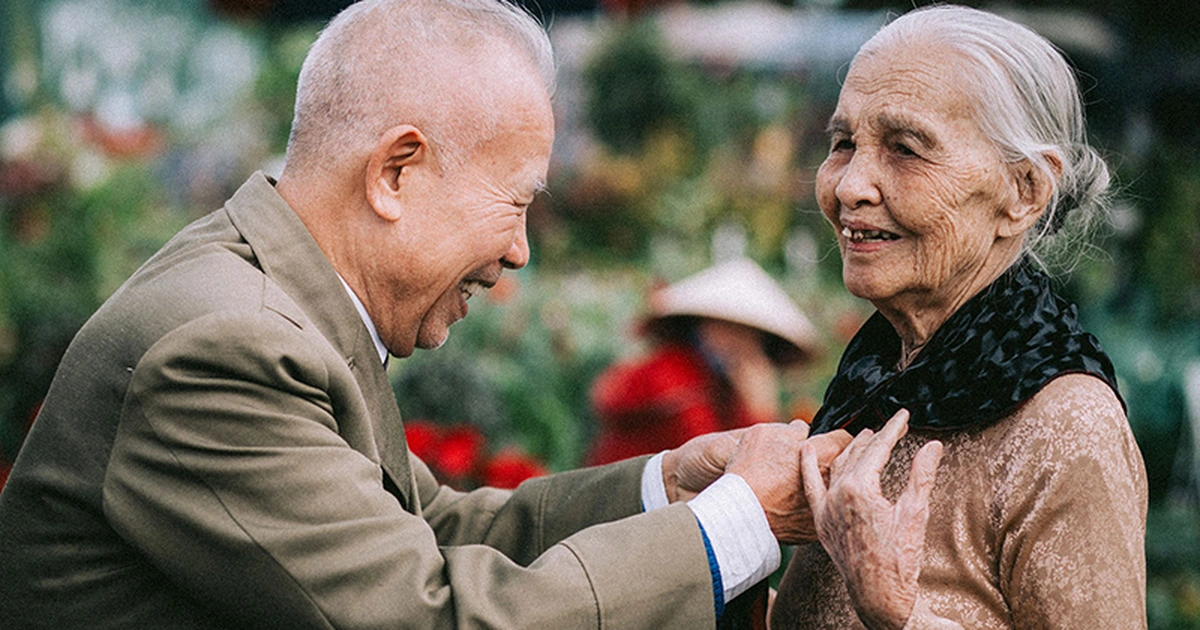
Vietnam’s elderly care service market is also presented with the opportunity to attract customers from other countries looking for long-term retirement destinations. According to the Travel + Leisure magazine in April 2022, Vietnam is an affordable retirement destination with beautiful beaches, landscapes, culinary experiences, rich history and distinctive culture. For instance, in comparison to the US, the cost of living in Vietnam is 49% lower, and rental housing prices are around 75% lower, depending on the location./.
